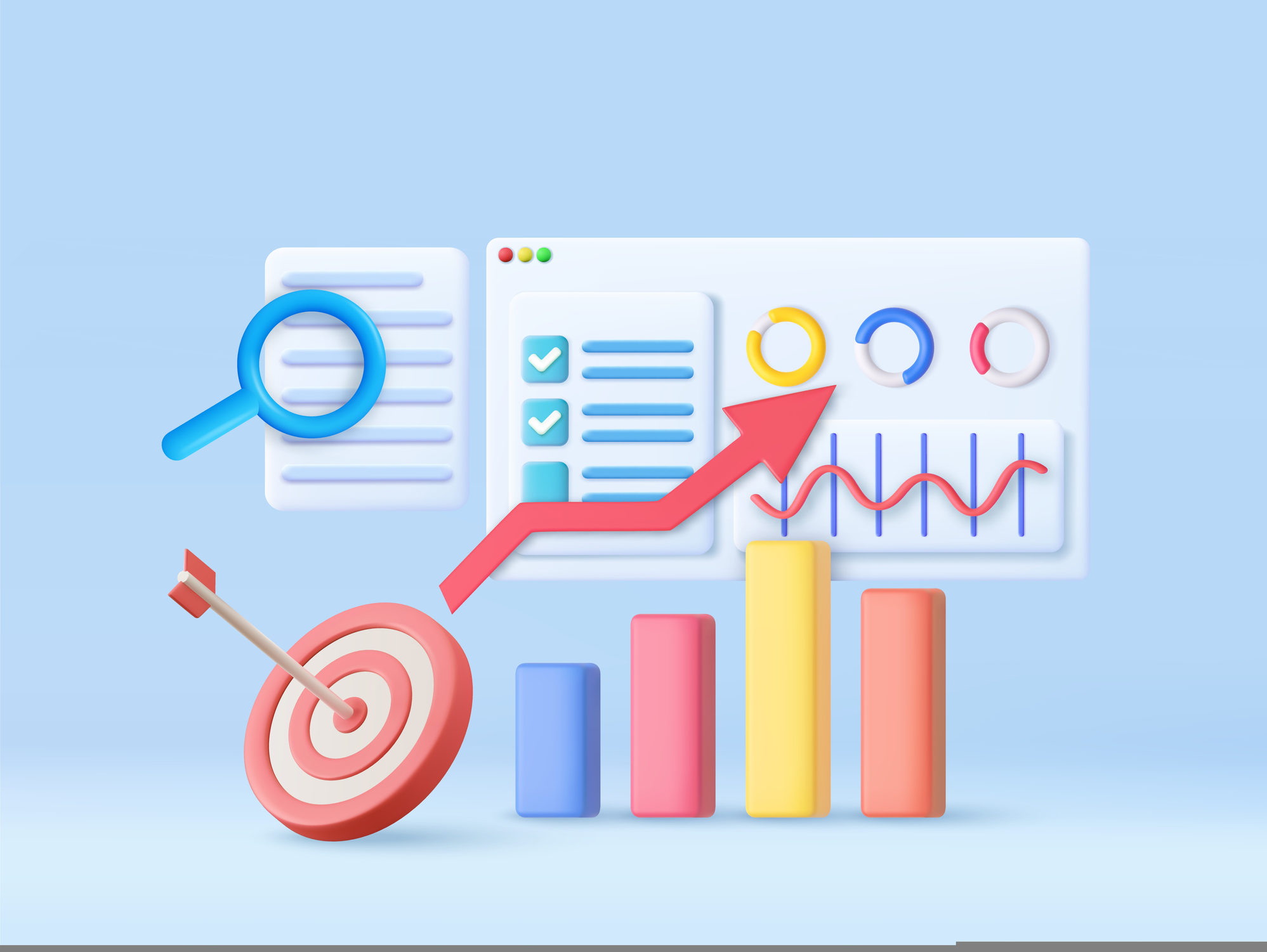In the ever-evolving landscape of digital marketing, making data-driven decisions is essential for optimizing your marketing budget and strategy. Email marketing, with its robust performance data and metrics, provides valuable insights that can inform and refine your overall marketing budget. By analyzing email performance data, you can make informed decisions about where to allocate resources, which strategies to scale, and how to improve your overall marketing effectiveness.
This comprehensive guide will explore how to leverage email performance data to inform your marketing budget, offering strategies, best practices, and actionable tips to help you maximize your investment.
Understanding Email Performance Data
Before diving into how email performance data can influence your marketing budget, it’s important to understand the key metrics and data points involved in email marketing. Here are some essential email performance metrics:
1. Open Rate
The open rate measures the percentage of recipients who open your email. It provides insight into the effectiveness of your subject lines and the initial appeal of your email.
2. Click-Through Rate (CTR)
The click-through rate measures the percentage of recipients who click on a link within your email. It indicates the effectiveness of your email content and call-to-action (CTA).
3. Conversion Rate
The conversion rate tracks the percentage of recipients who complete a desired action (e.g., making a purchase, signing up for a webinar) after clicking through from your email.
4. Bounce Rate
The bounce rate measures the percentage of emails that were not delivered successfully. A high bounce rate can indicate issues with your email list quality or deliverability.
5. Unsubscribe Rate
The unsubscribe rate tracks the percentage of recipients who opt out of receiving future emails. It helps gauge the relevance and value of your email content.
Strategies for Using Email Performance Data to Inform Your Marketing Budget
1. Evaluate ROI and Cost Efficiency
1.1 Analyze Email Campaign ROI Calculate the return on investment (ROI) for your email campaigns by comparing revenue generated against the costs associated with your email marketing efforts. This includes costs related to email design, list management, and email platform subscriptions.
1.2 Identify Cost-Effective Strategies Identify which email strategies and tactics yield the highest ROI. Allocate a larger portion of your marketing budget to these high-performing strategies to maximize cost efficiency.
1.3 Monitor Budget Allocation Regularly review your budget allocation based on email performance data. Adjust spending to focus on strategies that demonstrate strong performance and cost-effectiveness.
Example: If an email campaign promoting a specific product generates a high ROI compared to other campaigns, consider increasing your budget for similar promotional efforts.
2. Optimize Resource Allocation
2.1 Allocate Budget Based on Performance Use email performance metrics to determine which segments of your email list and which types of content are most effective. Allocate your budget to focus on high-performing segments and content types.
2.2 Invest in High-Performing Channels Analyze which channels (e.g., email marketing, social media, paid advertising) contribute most to your email campaign success. Allocate more resources to these channels to support and enhance their performance.
2.3 Adjust Spending on Underperforming Areas Identify underperforming email campaigns or strategies and adjust your budget to reduce spending in these areas. Consider reassigning resources to more effective initiatives.
Example: If segmented email campaigns targeting specific customer demographics yield better results than generic campaigns, allocate more budget towards segmentation and personalization.
3. Enhance Personalization and Segmentation
3.1 Invest in Personalization Tools Based on email performance data, invest in tools and technologies that enhance email personalization and segmentation. Personalized emails often lead to higher engagement and conversion rates.
3.2 Develop Targeted Campaigns Use data on recipient preferences and behavior to create targeted email campaigns. Allocate your budget towards developing and implementing these targeted campaigns to improve performance.
3.3 Test and Refine Segmentation Strategies Conduct A/B testing and analyze performance data to refine your segmentation strategies. Invest in strategies that demonstrate improved results in terms of open rates, CTR, and conversions.
Example: Invest in dynamic content tools that allow for more tailored email experiences based on recipient behavior and preferences.
4. Improve Deliverability and List Quality
4.1 Invest in List Management Tools Allocate budget to tools and services that help manage and clean your email list. High-quality, clean lists can improve deliverability rates and overall campaign performance.
4.2 Monitor Bounce and Unsubscribe Rates Regularly review bounce and unsubscribe rates to identify potential issues with your email list. Invest in strategies to address these issues and improve list quality.
4.3 Enhance Deliverability Practices Invest in best practices for email deliverability, such as maintaining a good sender reputation, using authentication protocols (e.g., SPF, DKIM), and avoiding spam triggers.
Example: Investing in email verification services to reduce bounce rates and improve overall deliverability.
5. Leverage Data for Forecasting and Planning
5.1 Use Historical Data for Forecasting Analyze historical email performance data to forecast future campaign outcomes. Use this data to make informed predictions about budget needs and allocate resources accordingly.
5.2 Plan Budget Adjustments Based on performance trends and forecasts, plan budget adjustments for upcoming campaigns. Allocate more budget to successful strategies and reduce spending on less effective approaches.
5.3 Set Performance Benchmarks Establish performance benchmarks based on historical data and industry standards. Use these benchmarks to guide budget allocation and measure the success of your marketing efforts.
Example: Use past campaign performance to project future email engagement and conversions, and adjust your marketing budget to align with these projections.
Best Practices for Using Email Performance Data in Budget Decisions
1. Continuously Monitor and Analyze Data
Regularly monitor email performance metrics and analyze trends. Consistent analysis helps identify patterns and informs budget adjustments.
2. Integrate Email Data with Overall Marketing Analytics
Integrate email performance data with other marketing analytics to get a comprehensive view of your marketing efforts. This holistic approach provides better insights for budget allocation.
3. Invest in Data-Driven Decision Making
Promote a data-driven culture within your marketing team. Encourage decision-making based on data insights rather than intuition to optimize budget allocation.
4. Stay Updated with Industry Trends
Keep abreast of industry trends and best practices in email marketing. Implement new strategies and technologies that align with your data-driven approach.
5. Conduct Regular Reviews and Adjustments
Regularly review your marketing budget and performance data to make timely adjustments. This ensures that your budget remains aligned with your marketing goals and performance outcomes.
Using email performance data to inform your marketing budget is a strategic approach that can enhance the effectiveness and efficiency of your marketing efforts. By evaluating ROI, optimizing resource allocation, enhancing personalization, improving deliverability, and leveraging data for forecasting, you can make informed budget decisions that drive better results.
Implementing these strategies and best practices will help you maximize the value of your marketing investment, improve campaign performance, and achieve your business goals.
Frequently Asked Questions (FAQ)
1. How can I calculate the ROI of my email campaigns?
To calculate ROI, compare the revenue generated from your email campaigns to the costs associated with running those campaigns (e.g., design, platform fees). Use the formula: ROI = (Revenue - Cost) / Cost * 100.
2. What are some effective ways to improve email deliverability?
Improve email deliverability by maintaining a clean email list, using authentication protocols (e.g., SPF, DKIM), avoiding spam triggers, and monitoring sender reputation. Invest in email verification services to enhance list quality.
3. How can I use email performance data to refine my segmentation strategies?
Analyze performance metrics such as open rates and CTR by segment. Use this data to refine your segmentation criteria, create more targeted campaigns, and personalize content based on recipient behavior.
4. What are the key email metrics to monitor for budget decisions?
Monitor key metrics such as open rate, click-through rate, conversion rate, bounce rate, and unsubscribe rate. These metrics provide insights into campaign performance and help inform budget allocation.
5. How often should I review and adjust my marketing budget based on email performance data?
Regularly review your marketing budget and email performance data, ideally on a monthly or quarterly basis. Frequent reviews allow you to make timely adjustments and optimize your budget for better results.
Get in Touch
Website – https://www.webinfomatrix.com
Mobile - +91 9212306116
Whatsapp – https://call.whatsapp.com/voice/9rqVJyqSNMhpdFkKPZGYKj
Skype – shalabh.mishra
Telegram – shalabhmishra
Email - info@webinfomatrix.com

.jpg)
.jpg)




.jpg)

 English (US) ·
English (US) ·